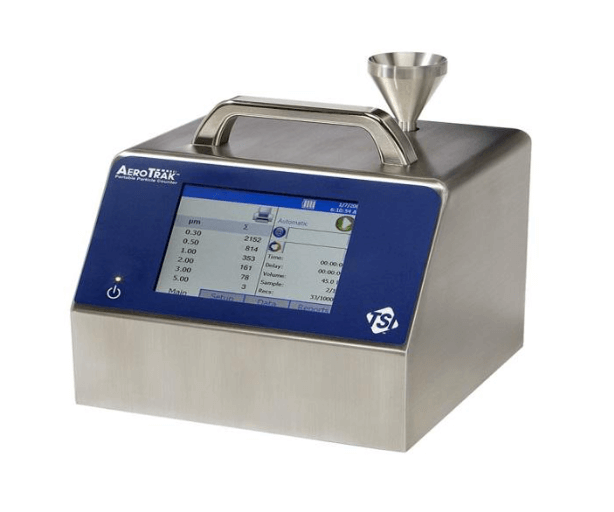ROOM RECOVERY TEST

ISO 14644 is a standard that provides guidelines for the classification of cleanrooms and associated controlled environments. It specifies the requirements for air cleanliness in terms of particle concentration. The standard also covers aspects related to cleanroom validation, including room recovery tests.
A room recovery test is conducted to assess the ability of a cleanroom to return to its specified cleanliness level after an event that disturbs the controlled environment, such as a door opening or equipment operation. The test evaluates how quickly the cleanroom recovers and stabilizes its particle concentration within the acceptable limits.
Here are the general steps involved in conducting a room recovery test in cleanroom validation, following the ISO 14644 guidelines:
- Define test parameters: Determine the specific criteria for the test, including the acceptable particle concentration limits, the type and size of particles to be monitored, and the duration of the test.
- Set up monitoring equipment: Install particle counters or other suitable monitoring devices at various predetermined locations within the cleanroom. These instruments should be calibrated and validated before the test.
- Stabilize the cleanroom: Ensure that the cleanroom is operating under normal operating conditions and has reached a steady state with respect to temperature, humidity, and airflow patterns.
- Disturb the environment: Introduce a controlled disturbance into the cleanroom. This can involve activities such as opening doors, introducing equipment, or generating particles intentionally.
- Start the test: Initiate the data collection by activating the particle counters or monitoring devices at the predetermined locations simultaneously. Record the initial particle concentration levels.
- Monitor the recovery process: Continuously monitor and record the particle concentration levels at regular intervals following the disturbance. The intervals should be determined based on the cleanroom’s design and the requirements of the test.
- Analyze the data: Analyze the collected data to assess the cleanroom’s recovery performance. Compare the recorded particle concentration levels with the specified limits and evaluate how quickly the cleanroom returns to an acceptable level of cleanliness.
- Document the results: Prepare a detailed report documenting the test procedure, the collected data, and the analysis. Include any observations or deviations from the specified limits during the recovery process.
- Take corrective actions: If the cleanroom fails to meet the defined criteria, identify the causes of the deviations and implement corrective measures to improve the recovery performance.
- Repeat if necessary: If the results are unsatisfactory, further investigations or additional tests may be required to identify and rectify the issues. The room recovery test can be repeated after making necessary modifications or improvements.
It’s important to note that ISO 14644 provides detailed requirements and guidelines for cleanroom classification, monitoring, and validation. To ensure compliance and accurate testing, it is recommended to consult the standard directly and involve qualified professionals with expertise in cleanroom validation.